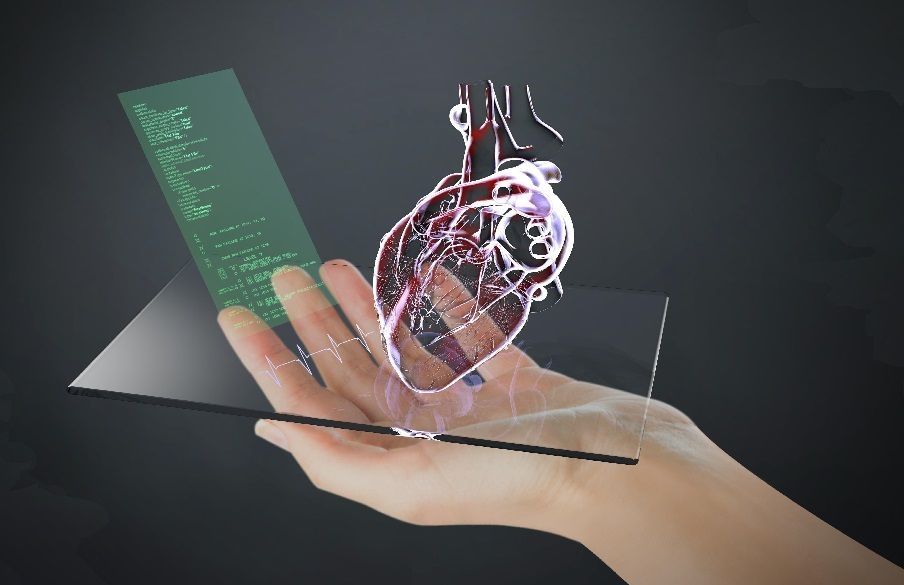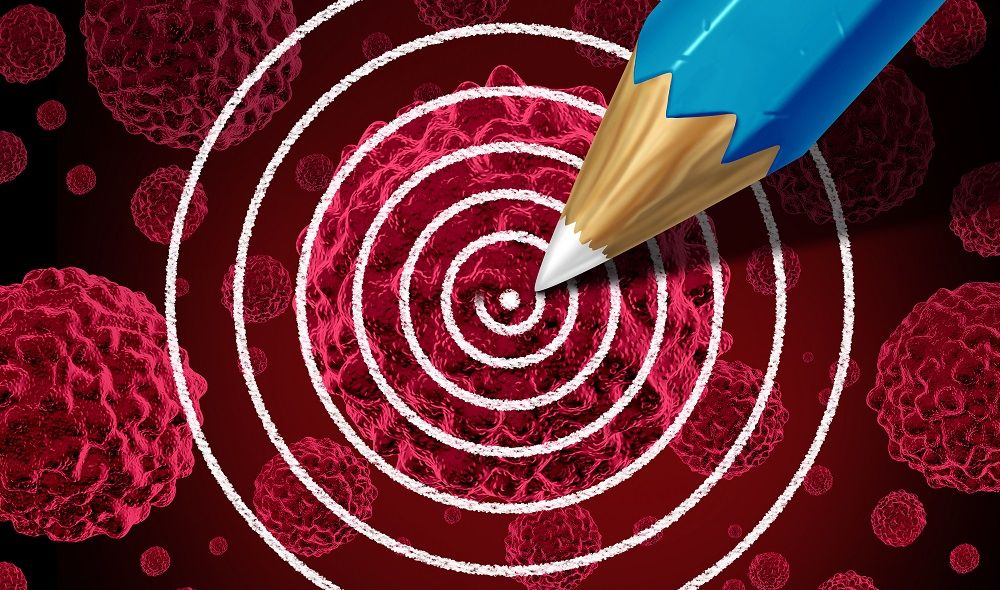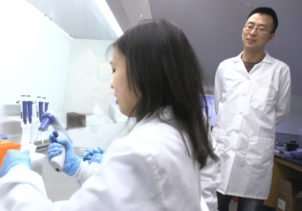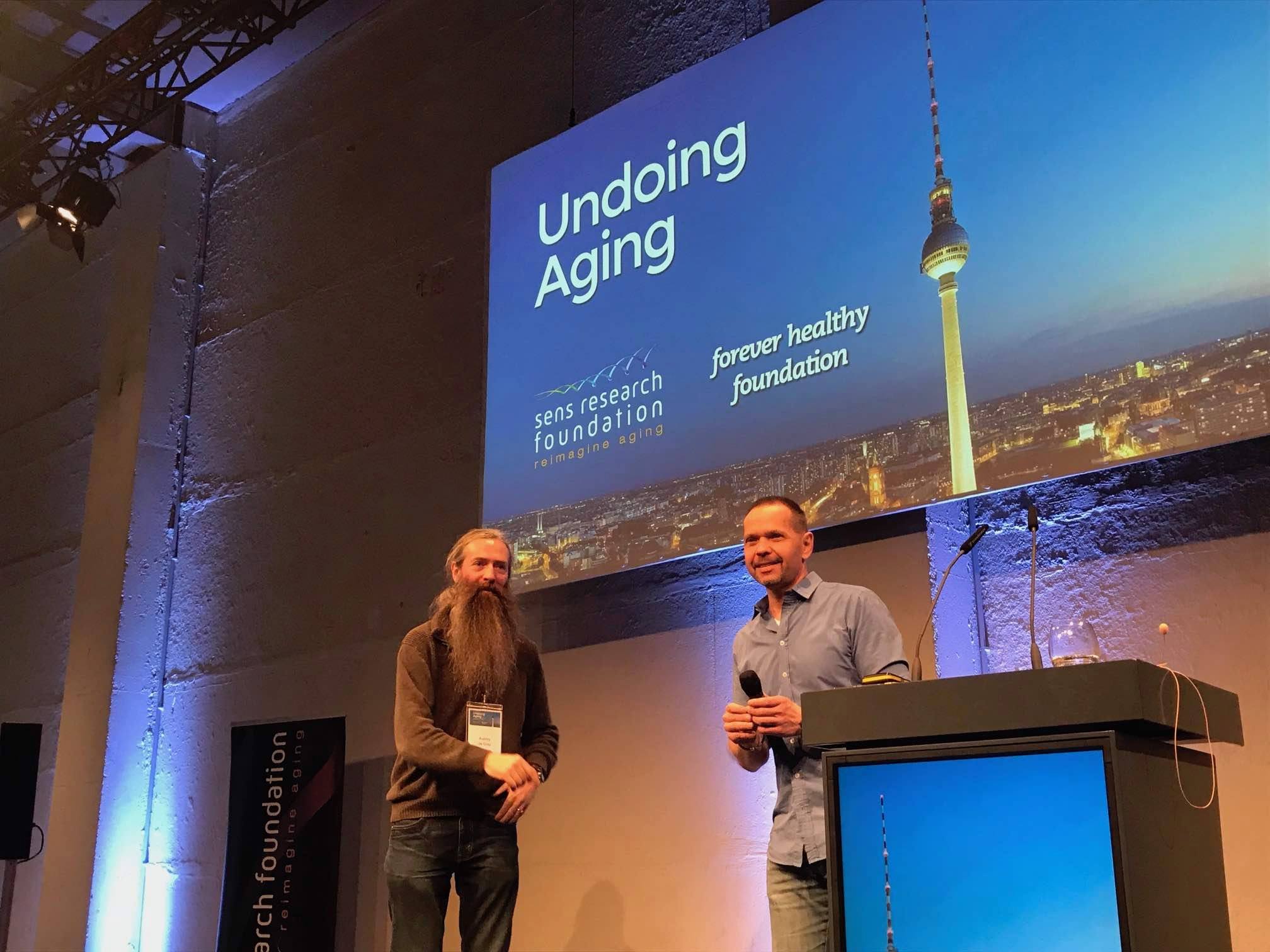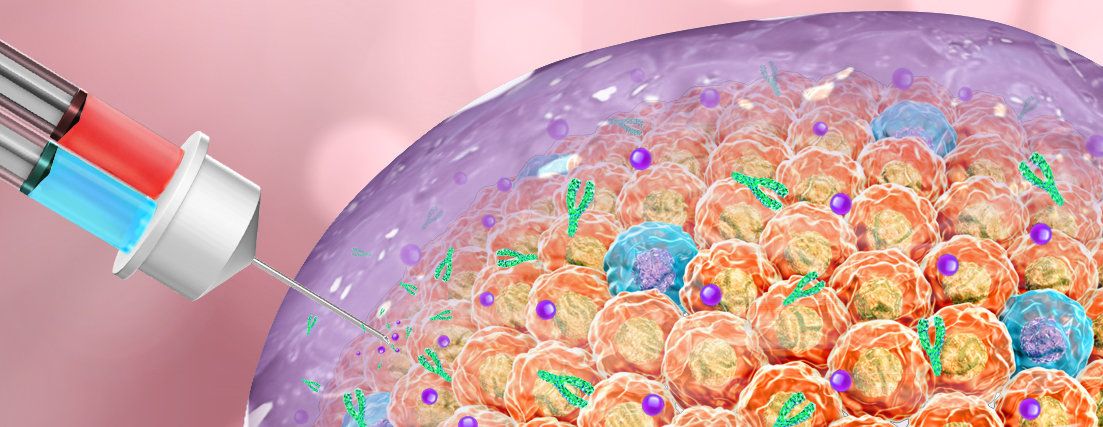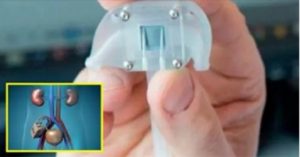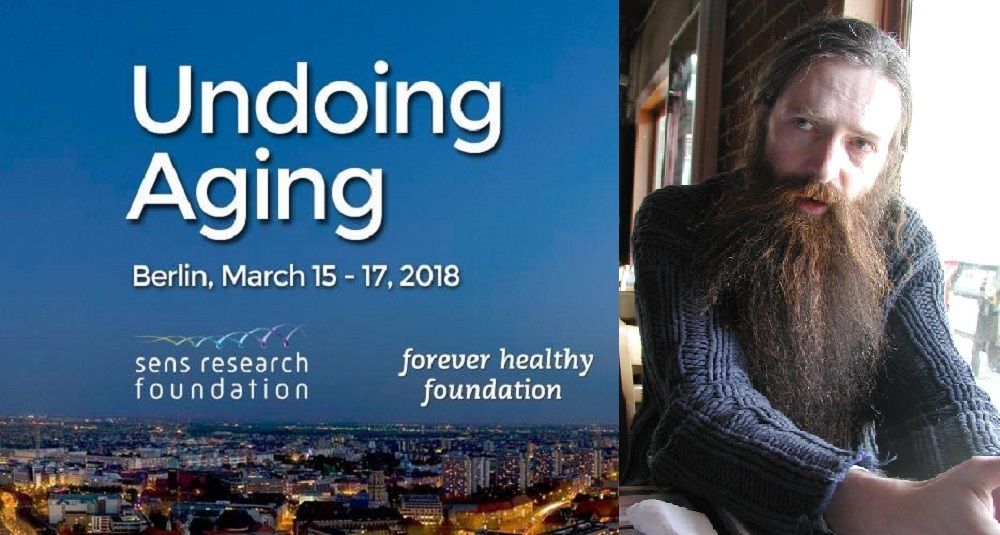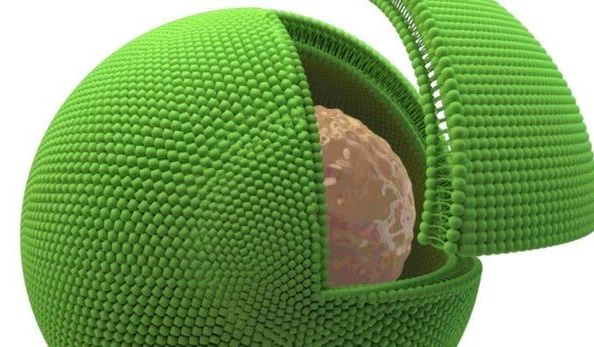Scientists are developing heart patches for adults as well. For example, biomedical engineers at Duke University have created a fully functioning lab-grown human heart muscle large enough to patch over the damage typically suffered in a heart attack.
While Duke’s heart patches are still in their early stages, they appear to be a tremendous improvement over existing cell therapies. Clinical trials are currently testing the tactic of injecting stem cells directly into the affected site in an attempt to restore some of the damaged heart muscle. However, it doesn’t help very much. Fewer than 1% of the injected cells survive in the heart, and even fewer become cardiac muscle cells.
On the other hand, heart patches could potentially be implanted over the dead heart muscle and remain active for a long time, strengthening contractions and providing a conductive circuit for the heart’s electrical signals to travel through. These patches also secrete growth factors and enzymes that could help the recovery of damaged tissue that hasn’t yet died.
